Building Community Capacity in Rural East Texas: The Long Lift
NonProfit Quarterly
OCTOBER 4, 2023
Temple ) and a community development financial institution ( Communities Unlimited ) are teaming to develop bottom-up structural solutions to building rural capacity. When we talk about economic development in East Texas, we often like to start with a the figure below, which comes from a T.L.L.

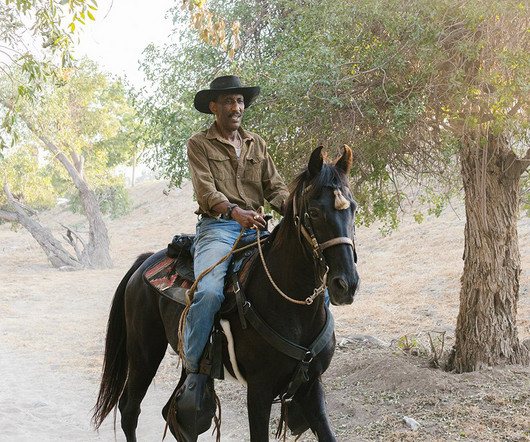
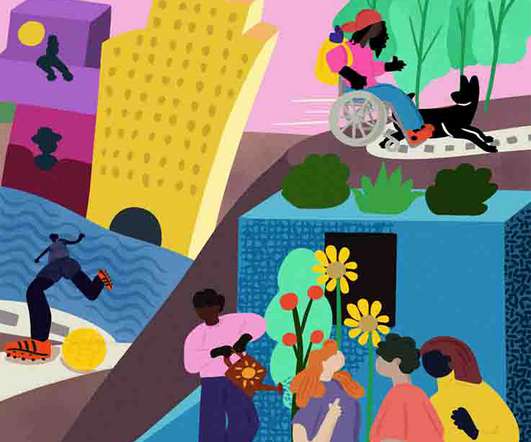


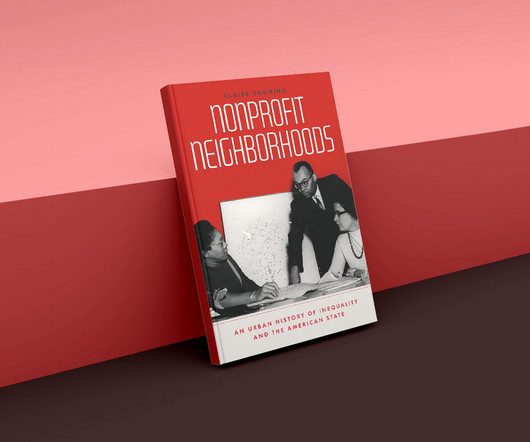


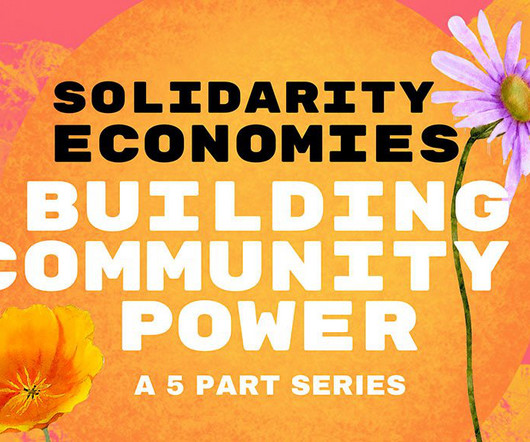

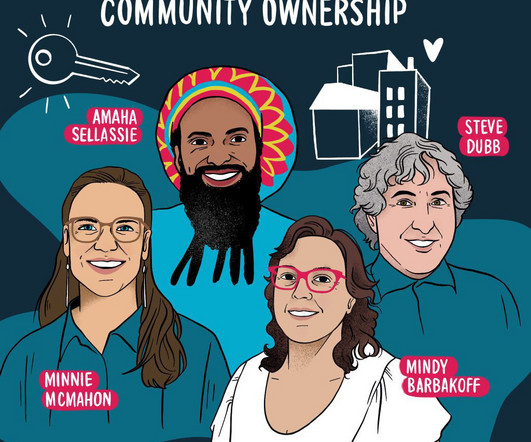






Let's personalize your content